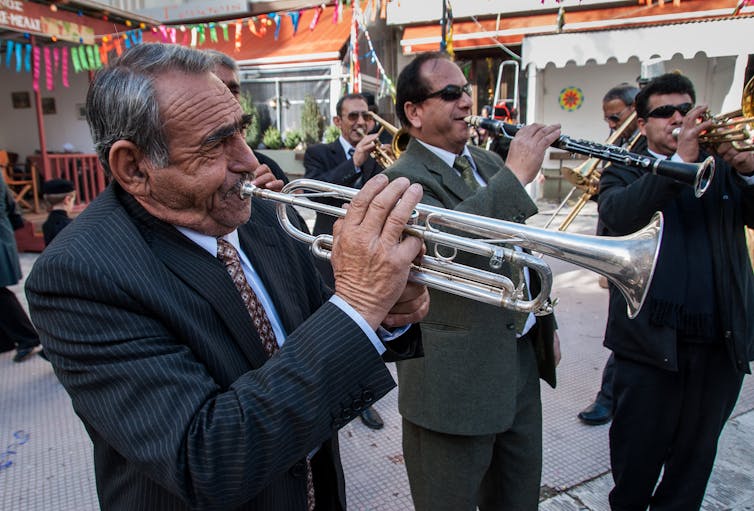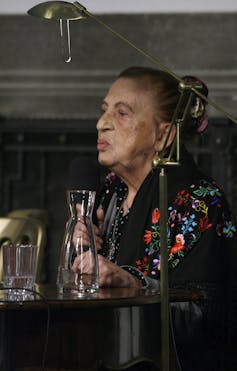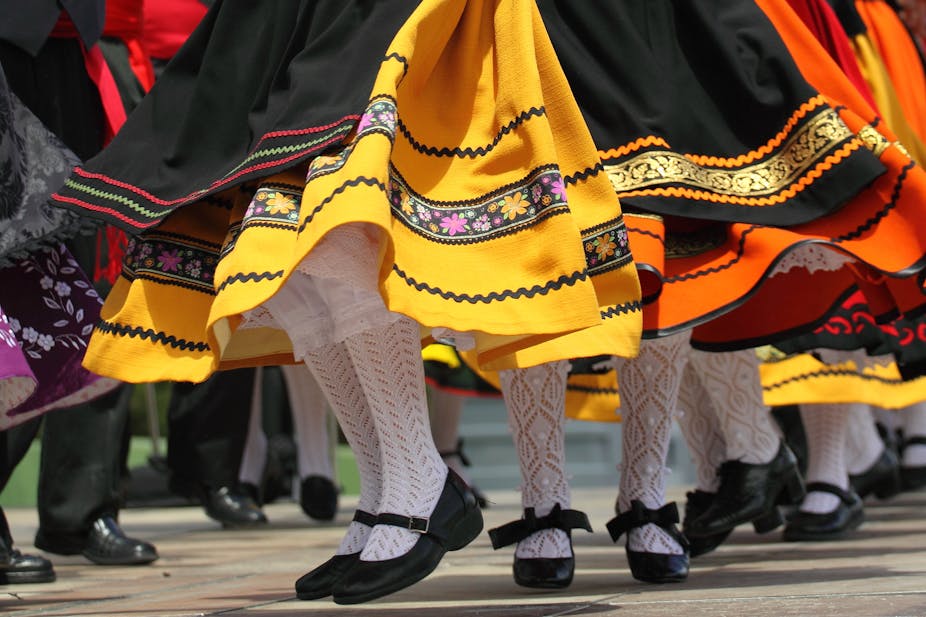‘Did you go to school?’
‘No, sir, but do not believe that it prevents me from seeing clearly. We too are human beings, I think.’
In The Color of Smoke, Hungarian Romani writer Menyhert Lakatos (1926-2007) shows the life of a settlement just before World War II. The novel is filled with amusing anecdotes and razor-sharp observations about the Romani place in society. It presents in an accurate and even anthropological way the daily, sometimes incredible, life of Gypsies in Hungary. It would not be an exaggeration to describe Lakatos as a Romani Proust.
With a population of 10m to 15m, the Romani people live everywhere in the world and form the largest minority in Europe. According to the German novelist Günter Grass, they might be the best Europeans, in that they have always known how to adapt. They have tended to speak both the language of their country and Romany, and to adopt their nation’s religion.
Having migrated from the north-eastern part of India centuries ago, one of the distinctive features of the Romani is that they form a minority everywhere. This means that they do not constitute a diaspora (except for the war migrants, such as those the former Yugoslavia). They have been made a people by their common fate, with a little help from the Nazi attitude to minorities.
Yet nowadays, what is the common point between a Spanish Gypsy, whose ancestors settled in Spain centuries ago, who only speaks Spanish since the language of his people was banned; a bilingual Romanian Kalderash whose ancestors were enslaved in Moldavia and Wallachia for 500 years; and a Gypsy traveller in the UK, where they are part of a tiny nomadic minority?
Their historical, cultural and linguistic differences arguably outweigh what they have in common. This makes it very hard, not to mention discriminatory, to generalise about “the Gypsies” – not that this stops leading figures from doing so, based on nothing but their own ignorance or mistaken beliefs.
These differences become clearer in the literature written by Romani people, which became more widely known from the 20th century onwards. It allows us to listen to unique voices, hear their point of view, and get more accurate information than is likely to otherwise be available.

Defining Romani writing
It can be difficult to define Gypsy literature. You can’t place it in a specific geographic area. This makes it independent of national categories, and can create problems with the writing sometimes, since literature tends to invite the imagination of the reader to settle it in a particular space.
Romani writing sometimes suffers from the perception that the people are not indigenous to the country in which they are based. The nomadic stereotypes tend to mean that they can only ever speak as a minority within their country. They are always seen as Romani writers rather than, say, Hungarian or English writers.
Neither can you define it in terms of a common language. Some Romani writers write in Romany, while many others write in their national language. It is hard to talk in terms of aesthetic similarities, since we are talking about literary works that span most formats, including novels, tales, poetry, prose and plays.
As for a cultural frame of reference, the authors’ cultural universes are as distinct as the countries to which they belong. But reject these other criteria and you can be left only with ethnicity, which risks sounding like discrimination, albeit a positive version, and miserably reduces the author to his work.
While it is impossible to deny that these people belong to a nation – their own nation – the best antidote to trying to over-classify them as one homogeneous group is to read what they have to say.

What kind of writings?
It is striking how almost all literary works by Gypsy writers include in their speeches the voice of the other, and their prejudices. Both educational and defensive, this allows the “gadzo”, or non-Gypsy reader, to enter the work more easily.
Many texts are life stories, placing them at the limit of literature. Other stories are notable by their banality, but this is precisely what makes them interesting: because Gypsies are not usually represented as being part of the ordinary, this can make for extraordinary writing.
Through Gypsy eyes, the protagonists are for once not immediately branded as different, weird or foreign. They are not Romani in the plural of a confused set of people supposed to be all alike, but singular and subjective instead. They are men and women first of all, who are also Gypsies.

Many texts also enable Gypsy people to rework a collective past that national histories continue to forget and almost deny. Ceija Stojka and Philomena Franz tell the story of their years in the Nazi death camps, for instance. Magda Szécsi in Hungary speaks about how Romani where treated during the Soviet era.
Coucou Doerr tells of his Gitana life between France and Spain during World War II. Sandra Jayat tells of her bohemian life in Paris in the 1960s. Mateo Maximoff uses the testimony of his ancestors to describe the Gypsy slavery that lasted five centuries (until 1865) in the very heart of Europe.
The only way to grasp what I’m talking about is to read these writers. They are not books about Gypsies (always with that indifferent plural), but books in which authors speak on behalf of themselves. It will make your convictions flicker, change your view of the world, and give you a good read too.
Top three Romani books
- Menyhert Lakatos The Color of Smoke
- Ceija Stojka Even Death is Afraid of Auschwitz
- Various The Roads of the Roma: A Pen Anthology of Gypsy Writers


